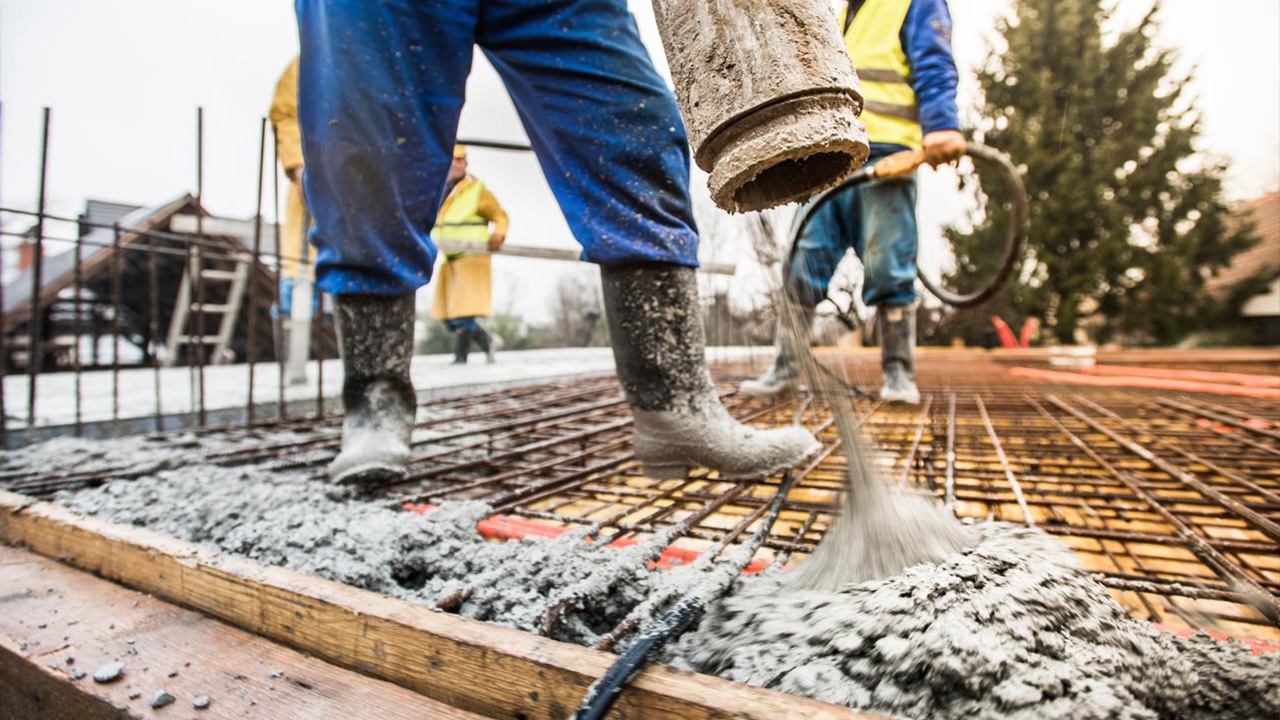By: Eric Telemaque

July 03, 2024 — According to the Occupational Health and Safety Administration (OSHA), more than 800,000 workers in the United States are currently being exposed to levels of respirable crystalline silica that exceed the permissible exposure limit set in the updated 2017 Respirable Silica Standard. This exposure typically occurs during common construction tasks such as masonry and concrete work, which involve the use of tools like saws, grinders, drills, and jackhammers, as well as general demolition work and heavy equipment operation. Unfortunately, workers who are exposed to crystalline silica can develop various health issues over time, including silicosis (a condition that causes permanent breathing difficulties due to physical scarring and damage to the lungs), lung cancer, and even kidney disease.
Implementing effective control measures
It's crucial to implement effective control measures at construction sites, particularly during tasks that generate significant amounts of dust and involve work on concrete or masonry structures.
- Use tools equipped with integrated water delivery systems, which effectively manage dust at the source of generation. For instance, a saw with a built-in water application system can limit the release of silica dust into the air by applying water to the saw blade.
- Use power tools with integrated dust extraction systems and HEPA vacuums, which collect dust into the attached vacuum to minimize worker exposure during demolition work.
In addition, OSHA mandates that employers in the construction industry who fall under the crystalline silica standard must ensure worker protection by adhering to the requirements outlined in the standard. These requirements include:
- Developing a written exposure control program
- Appointing of competent individuals
- Conducting employee exposure monitoring
- Providing respirators and medical examinations for workers engaged in high-exposure tasks for specific durations
- Delivering silica awareness training to employees
- Maintaining records of exposure monitoring and medical examinations
In conclusion, the high number of workers currently being exposed to dangerous levels of respirable crystalline silica highlights the urgent need for effective measures to protect their health and safety. Implementing control measures such as integrated water delivery systems and dust extraction systems can significantly reduce worker exposure to silica dust. Additionally, employers must comply with OSHA's requirements, including developing written exposure control programs, providing necessary protective equipment and medical examinations, and delivering proper training to employees. By taking these steps, we can work toward ensuring a safer and healthier work environment for construction workers and reducing the incidence of silicosis, lung cancer, and kidney disease.
Author

Eric Telemaque
Make Gallagher Bassett your dependable partner
When making the right decision at the right time is critical to minimize risk for your business, count on Gallagher Bassett's extensive experience and global network to deliver.

